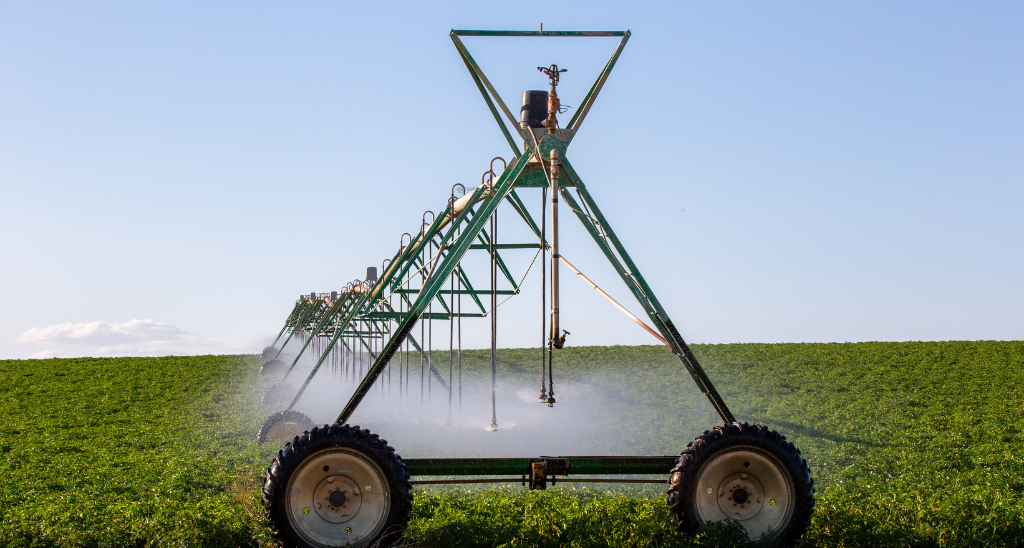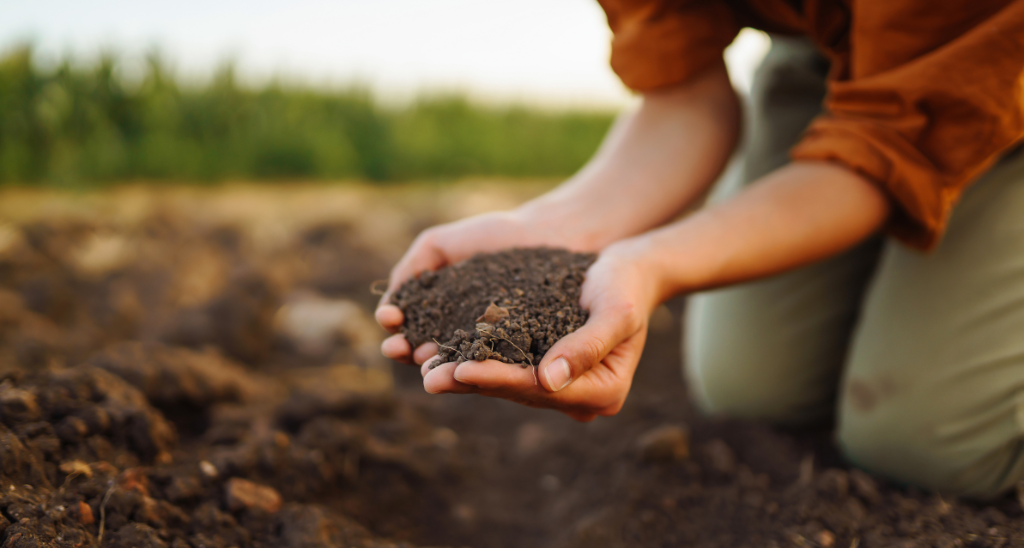Data-driven agriculture backed by Telematics and IoT. Manage your farming equipment and fleet from far away
Schedule Demo
Intelligent networking of devices, machines, fields and livestock saves unnecessary journeys,
costs and time. In addition, difficulties are recognized more quickly. The Internet of Things
(IoT) is an intelligent network of sensors and processors connected and the outside world via
the Internet.
IoT provides information in real-time. In this way, farmers can plan
their daily work better and are always informed about current weather developments and the
condition of their livestock.
IoT in agriculture makes it possible to track assets remotely. The location of the animals or any other farming asset can be determined in real-time. IoT applies intelligent algorithms to detect irregular movements or an atypical location of assets. This data is transmitted to you via a web portal or app so that he can react promptly.


See your over-the-road trucks on a live map to track your valuable cargo from the moment it leaves your agricultural site. You can even monitor your fleet on the go with our user-friendly mobile apps.
Farmers can learn where, when, and how much fertilizer, irrigation, and pesticide spraying to apply through precision agriculture. IoT sensors collect data on weather, soil moisture, crop health, and real-time asset tracking to make more informed decisions.


Crop monitoring uses sensors, drones, and satellites to monitor health and identify spots that need attention. Crop monitoring systems also include all data such as crop health, moisture, rainfall, temperature, and more.
IoT sensors in irrigation management can determine when and how much water plants need, reducing weed growth and runoff.


The deployed IoT can help them create a sustainable plan for using recycled products and adopt zero-waste terminology. This can also help educate workers on the sustainable concept of agriculture. Creating a viable single-use plan needs to be implemented to stop waste and understand the importance of waste.
If there is too little fertilizer, the sensors notify farmers so they can determine which areas need more fertilizer based on a map of the cultivated land. They can also track how much fertilizer each plot or farm has used during the season. This lowers costs and minimizes fertilizer runoff, reducing environmental impact.

Discover Key Trends and Innovations in the IoT industry